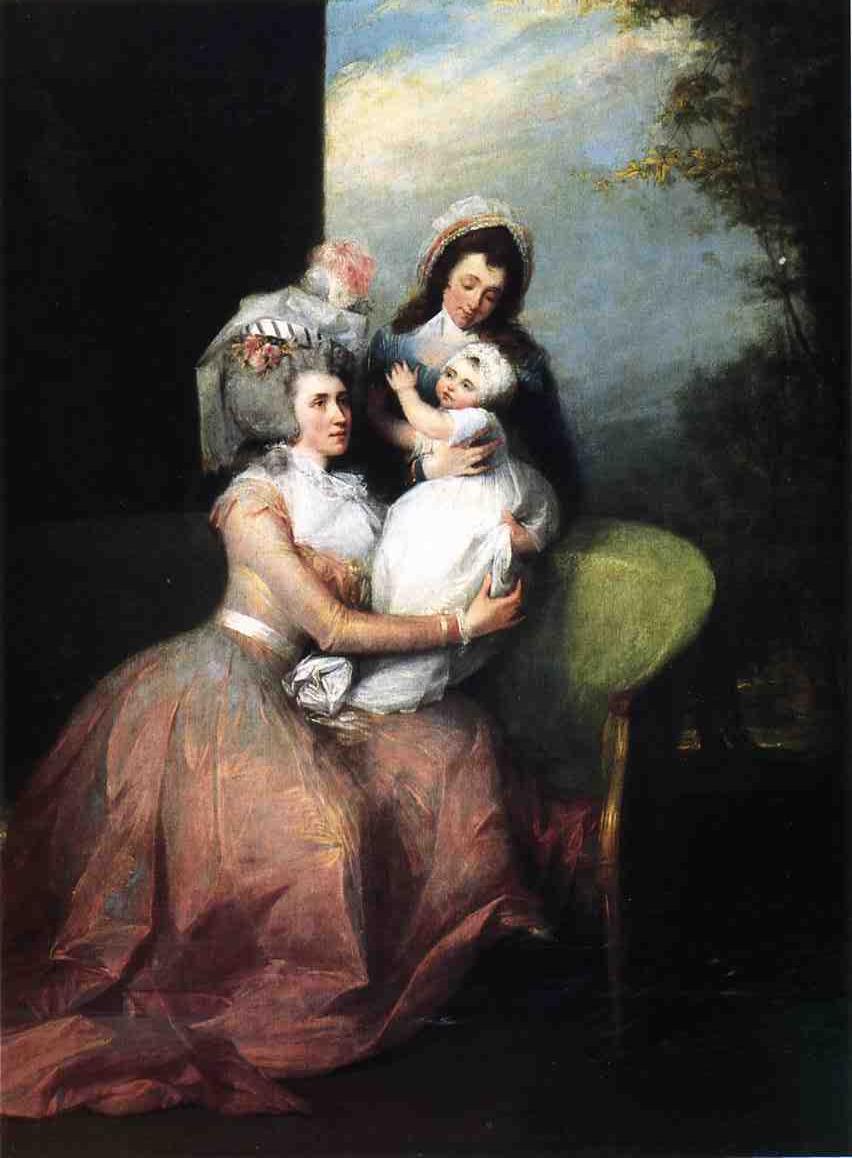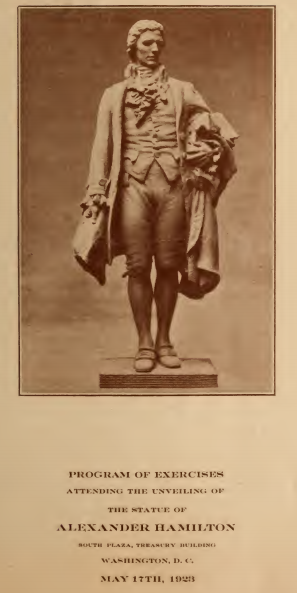On January 22, 1800, Hamilton playfully wrote to his sister-in-law about his experience of dining in the presence of her portrait on a visit to his in-laws in Albany:
The pleasure of this was heightened by that of dining in the presence of a lady for whom I have a particular friendship. I was placed directly in front of her and was much occupied with her during the whole Dinner. She did not appear to her usual advantage, and yet she was very interesting. The eloquence of silence is not a common attribute of hers; but on this occasion she employed it par force and it was not considered as a fault. Though I am fond of hearing her speak, her silence was so well placed that I did not attempt to make her break it. You will conjecture that I must have been myself dumb with admiration. Perhaps so, and yet this was not the reason of my forbearing to invite a conversation with her. If you cannot find yourself a solution for this enigma, you must call in the aid of Mr. Church—and if he should fail to give you the needful assistance write to your friend Mr. Trumbull for an explanation.

Trumbull had painted the portrait of Angelica Church, her son Philip Schuyler Church, and a servant during his time in London. Trumbull had a close relationship with Angelica’s husband John Barker Church. In his autobiography, Trumbull recalled that when he was a struggling artist, Church had offered to lend him money at a low interest rate whenever he needed funds without requiring any security to guarantee repayment. Trumbull wrote:
“Instances of patronage like this, to young men studying the fine arts, I presume are uncommon, and deserve to be gratefully remembered. … The kindness of Mr. Church, in advancing me, at times when my prospects were not the most promising, and on my personal security merely, the sums which form the above account, will forever deserve my most sincere acknowledgments; without such aid, my subsequent success would have been checked by pecuniary embarrassments.”












